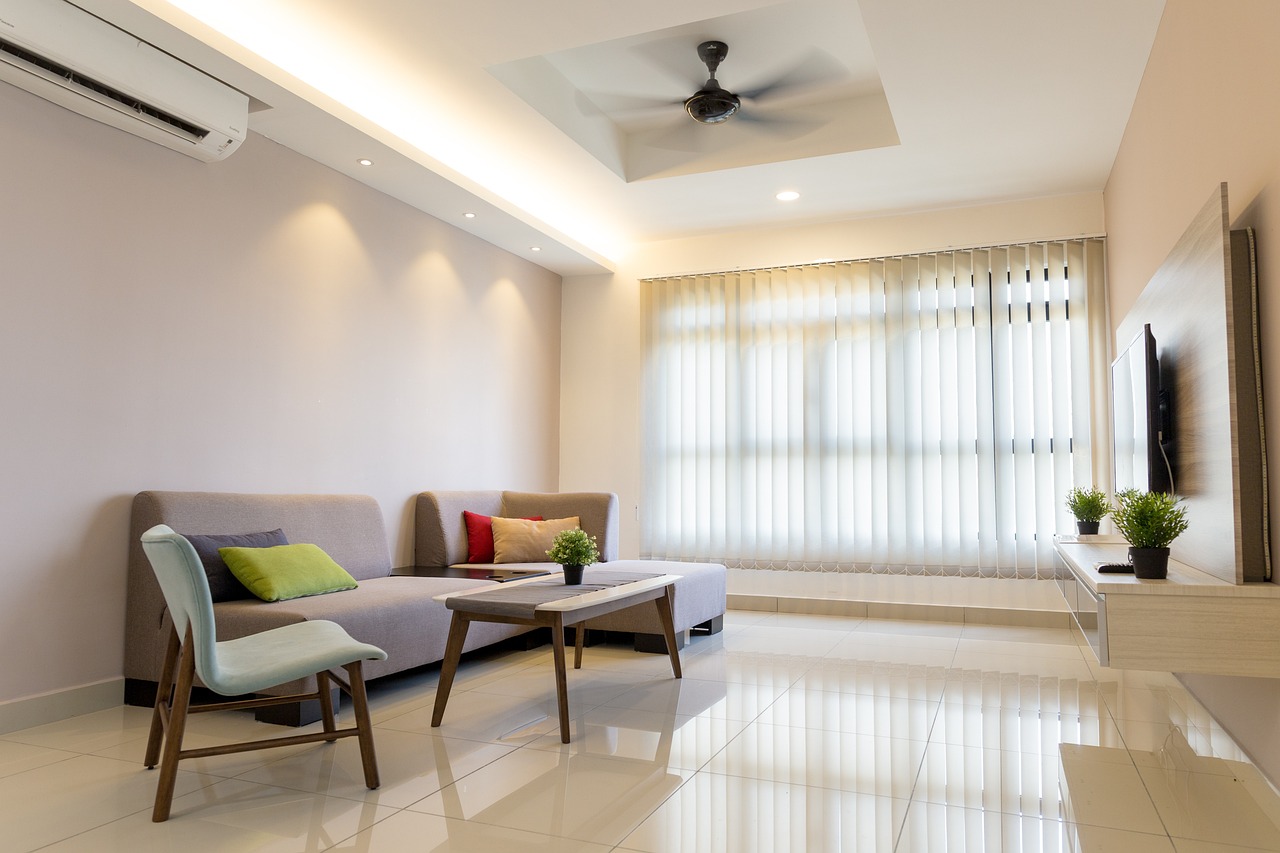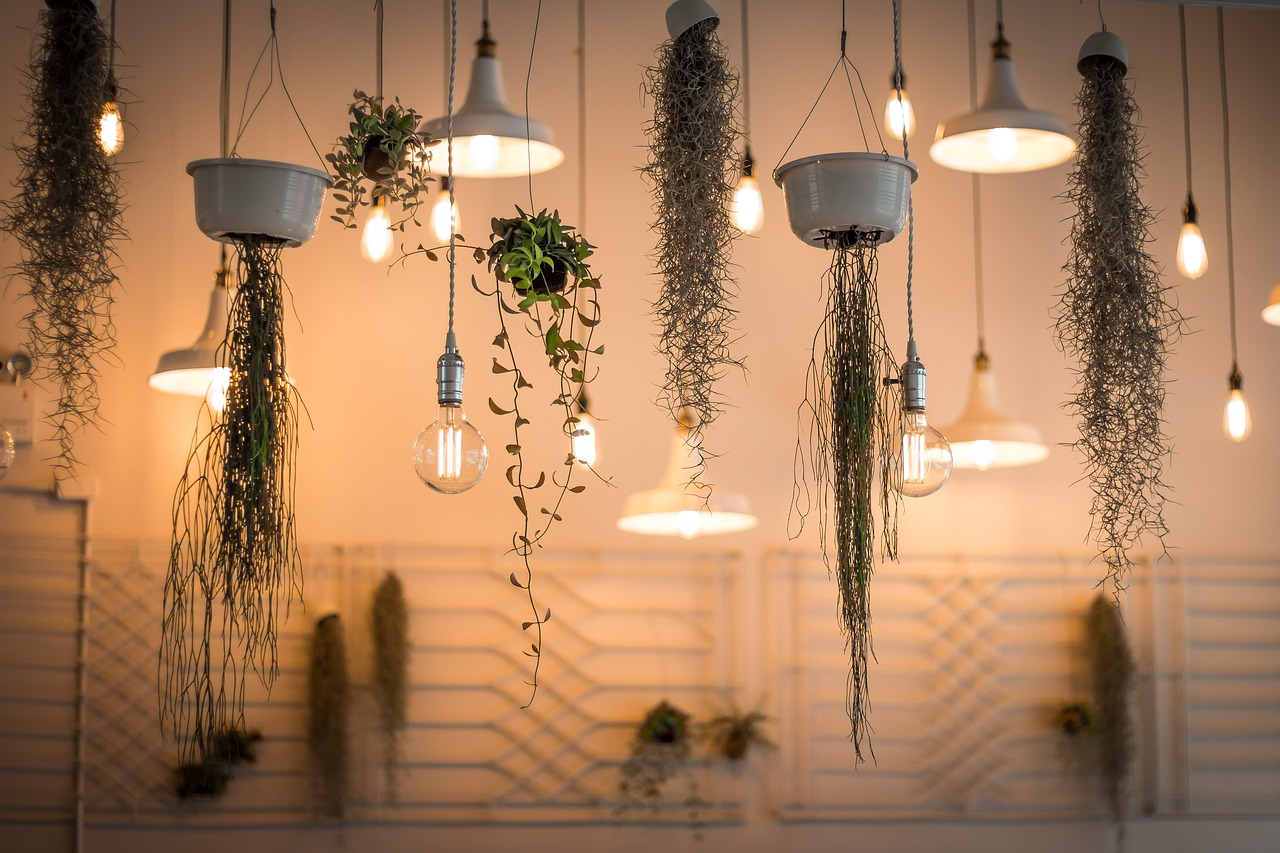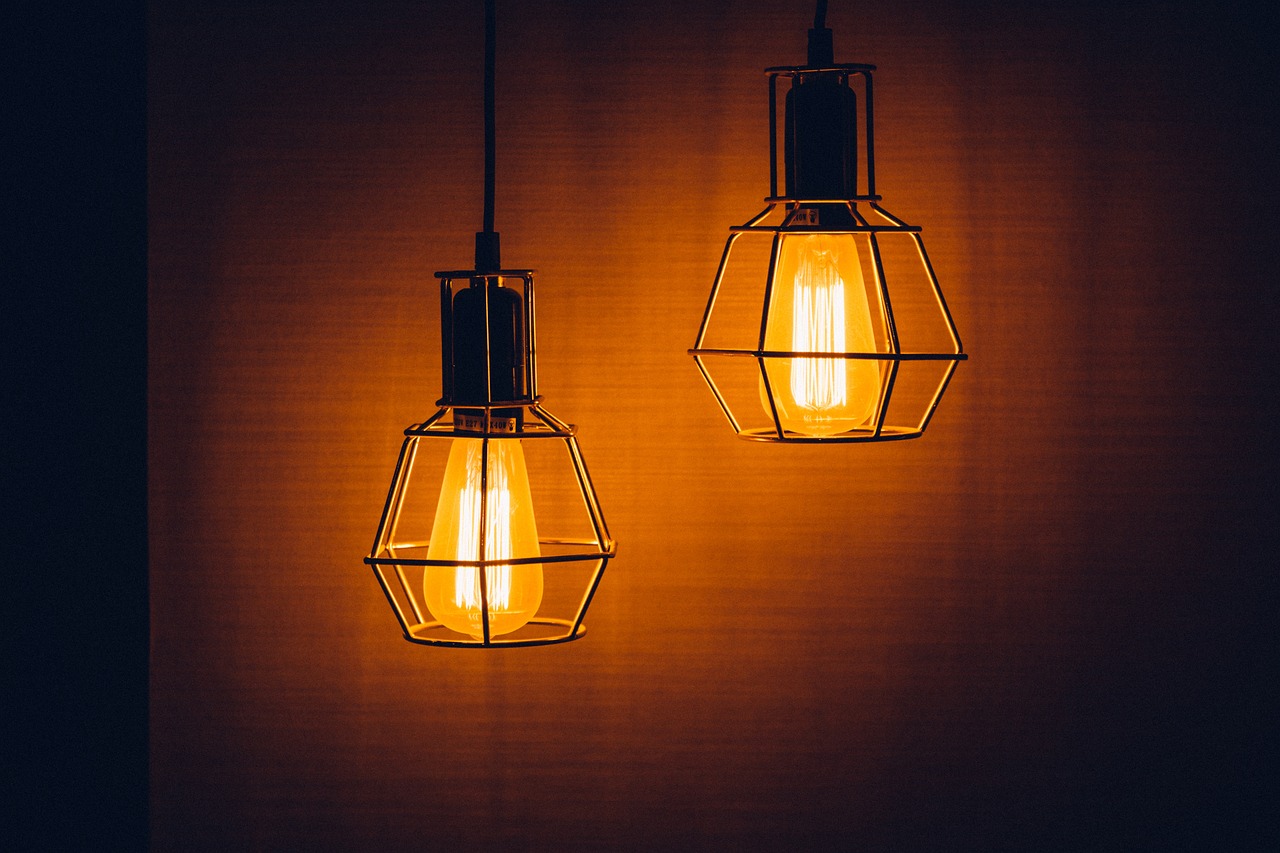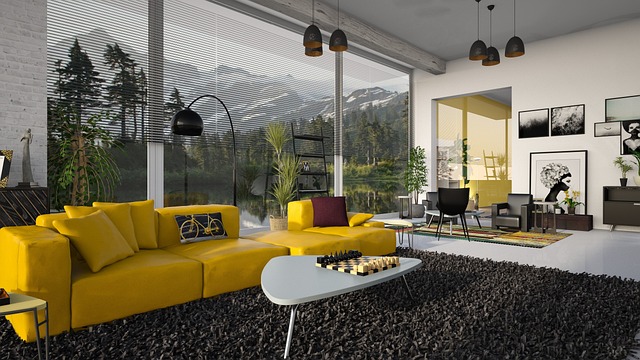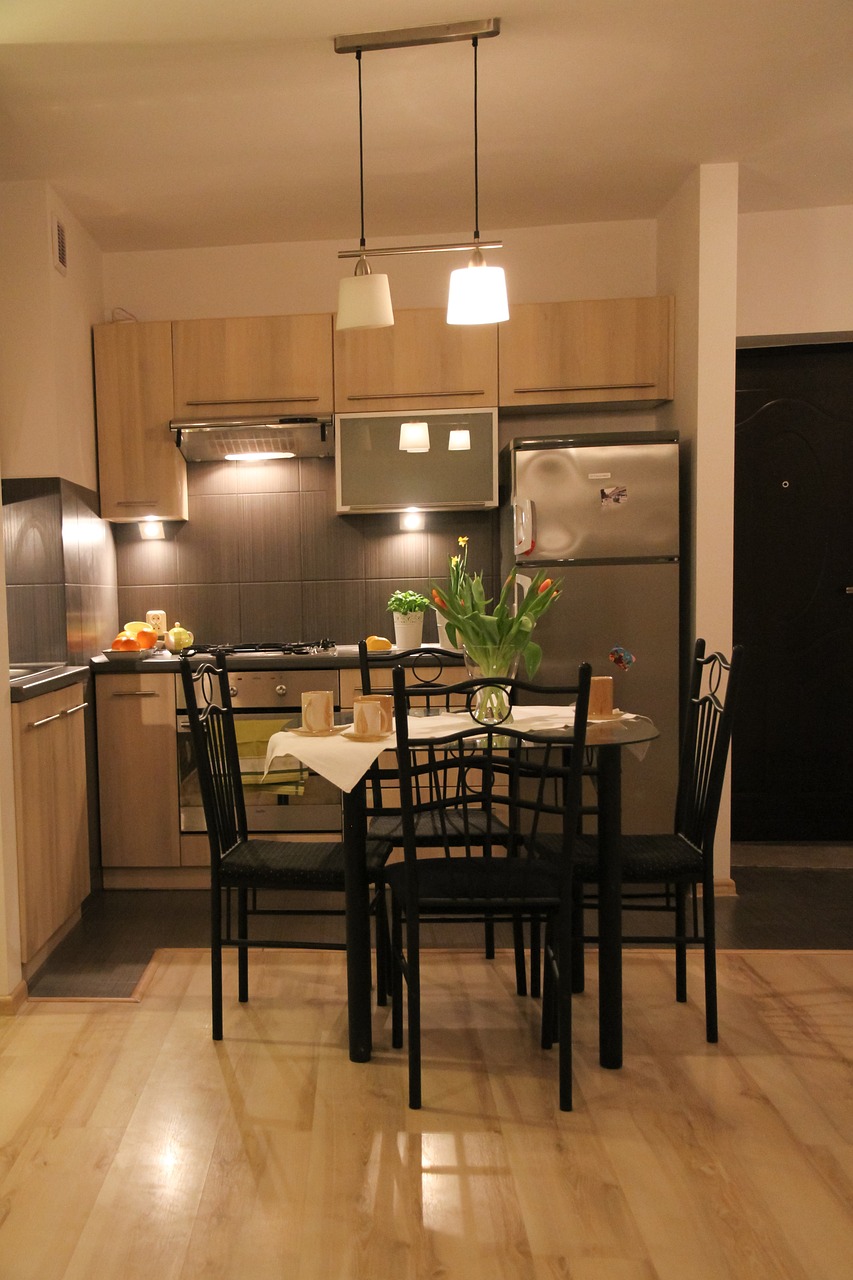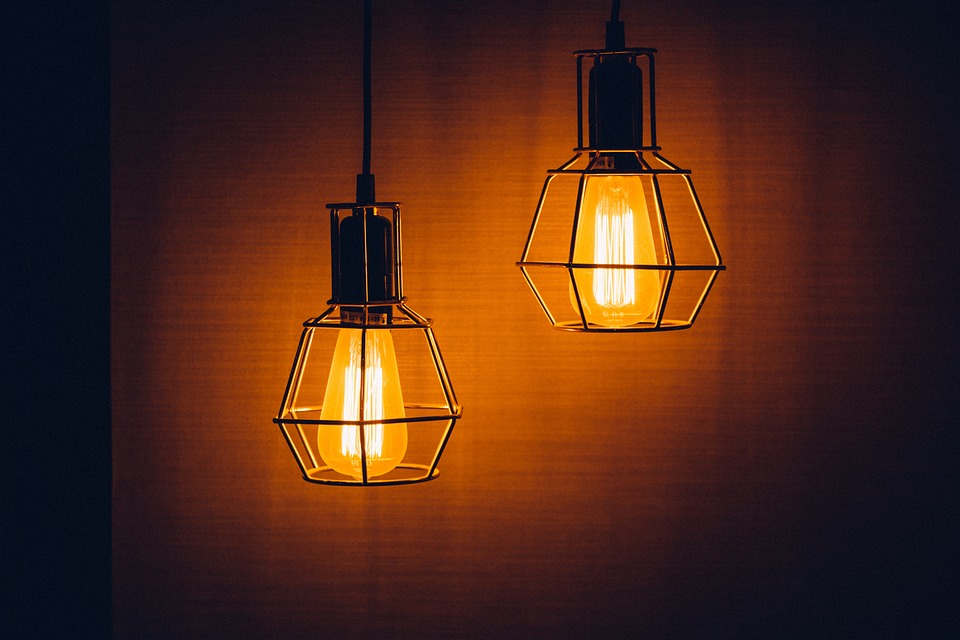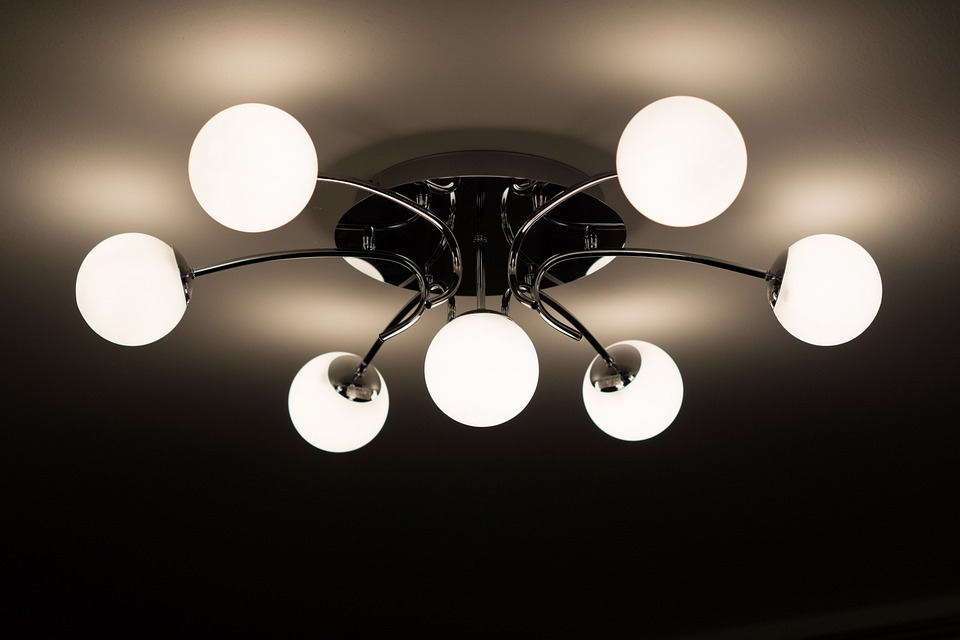Lighting is often overlooked when it comes to interior design. However, it plays a crucial role in creating a warm and inviting atmosphere in our homes. Residential lighting design can transform the look and feel of any room by adding depth and character to the space. Here are some things to consider when choosing the right lighting for your home.
Natural Light
Before you begin looking at lighting fixtures, consider the natural light in your home. The amount of natural light a room receives can dictate the type and style of lighting you choose. Rooms with large windows and lots of sunlight will require less artificial lighting. In contrast, rooms with small windows or minimal light may need additional lighting to make up for the lack of natural light.
Functionality
Your lighting choices should be based on the room’s functionality. For example, the lighting needs for a kitchen will differ from a bedroom or living room. Task lighting is important in areas where you need to see clearly, such as in the kitchen when cooking or in a home office when working. On the other hand, a cozy living room may require more ambient lighting to create a relaxing environment.
Layering
Layering your lighting is essential in residential lighting design. This means combining different types of lighting, such as ambient, accent, and task lighting, to create balance and depth. Ambient lighting provides overall illumination, such as ceiling fixtures and floor lamps. Accent lighting highlights specific features, such as artwork or architectural details. Task lighting serves a specific purpose, such as reading, cooking, or working.
Color Temperature
The color temperature of the lighting in your home can have a significant impact on the mood and ambiance of a room. Warm lighting, with a yellow or orange hue, creates a cozy and relaxing atmosphere. This type of lighting is ideal for living spaces and bedrooms. In contrast, cool lighting, with a bluish-white hue, is more energizing and suitable for task-oriented spaces such as kitchens or home offices.
Dimmers
A dimmer switch is often overlooked but can be a game-changer in residential lighting design. Installing dimmer switches allows you to adjust the brightness of your lighting fixtures, creating a more customized atmosphere. This can be particularly useful in the evenings when you may want to create a more relaxed environment in your home.
Lighting Fixtures
The style of your lighting fixtures should match the overall design aesthetic of your home. Choosing fixtures that complement your decor can help elevate the overall look of the space. However, functionality should always be the priority. For example, a statement light fixture may look great in a room, but it needs to provide adequate lighting for the space as well.
Maintenance
Consider the maintenance required for the lighting fixtures you choose. Some fixtures require more upkeep than others, such as intricate chandeliers or pendant lights with multiple bulbs. Make sure to choose fixtures that are easy to clean and maintain to simplify your life.
Residential lighting design is an essential element of any home’s interior design. When choosing the right lighting for your home, consider natural light, functionality, layering, color temperature, dimmers, lighting fixtures, and maintenance. By keeping these factors in mind, you can create a warm and inviting environment that suits your needs and style.
